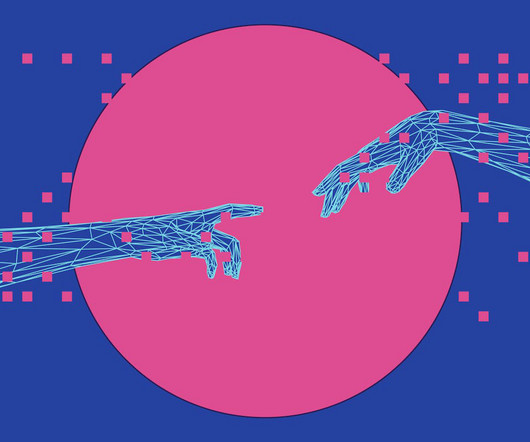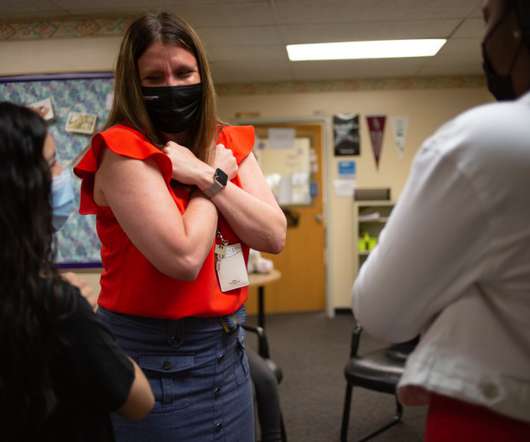Human Meets AI: Helping Educators Navigate Their Emotions About Technological Change
ED Surge
AUGUST 4, 2023
Understanding the Psyche of Technological Resistance in the Education Workforce Resistance to change, especially technological change , is fundamentally anchored in our human psychology. This requires not only technological acumen but also psychological insight and emotional resilience.











Let's personalize your content